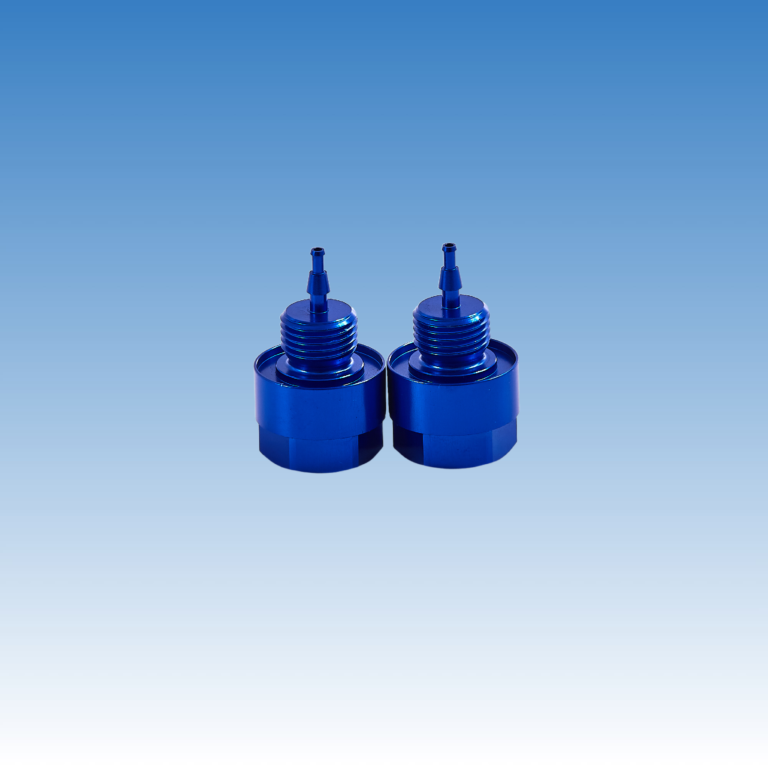When it comes to corrosion resistance, plating thickness isn’t just a number—it’s a key line of defense in salt-rich environments.
Thicker plating layers generally provide longer protection against salt spray corrosion by acting as a barrier and delaying substrate exposure.
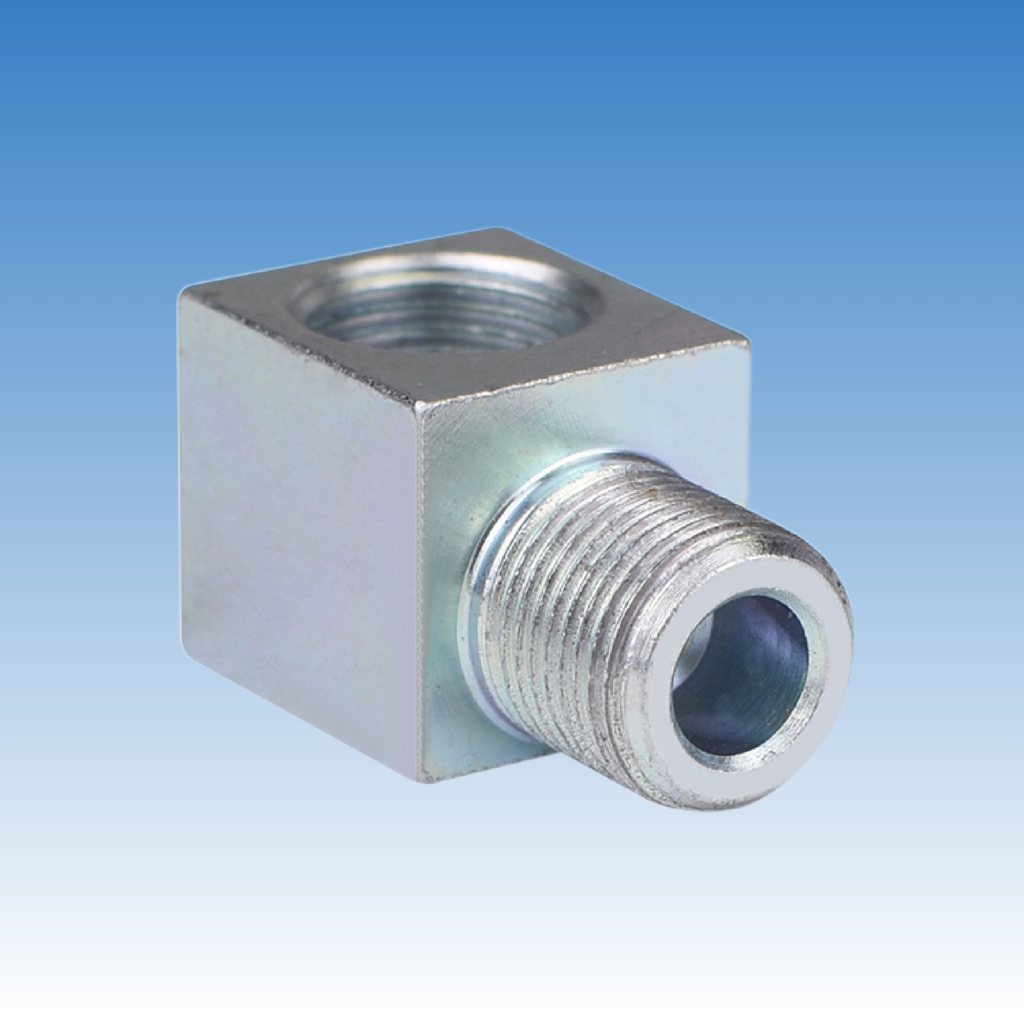
Many clients think of plating as a cosmetic detail. But in my experience, especially with fasteners shipped to coastal or marine regions, the difference between 5μm and 12μm of zinc can mean the difference between product acceptance and costly returns. Salt spray is the enemy, and plating is our first shield. Let’s look at how thickness really changes the game.
What stainless steel type provides the most resistance to salt spray?
Not all stainless steels resist salt equally. In fact, the wrong choice can corrode faster than expected in salty air or seawater.
316 stainless steel offers the highest resistance to salt spray due to its molybdenum content, which enhances pitting and chloride resistance.
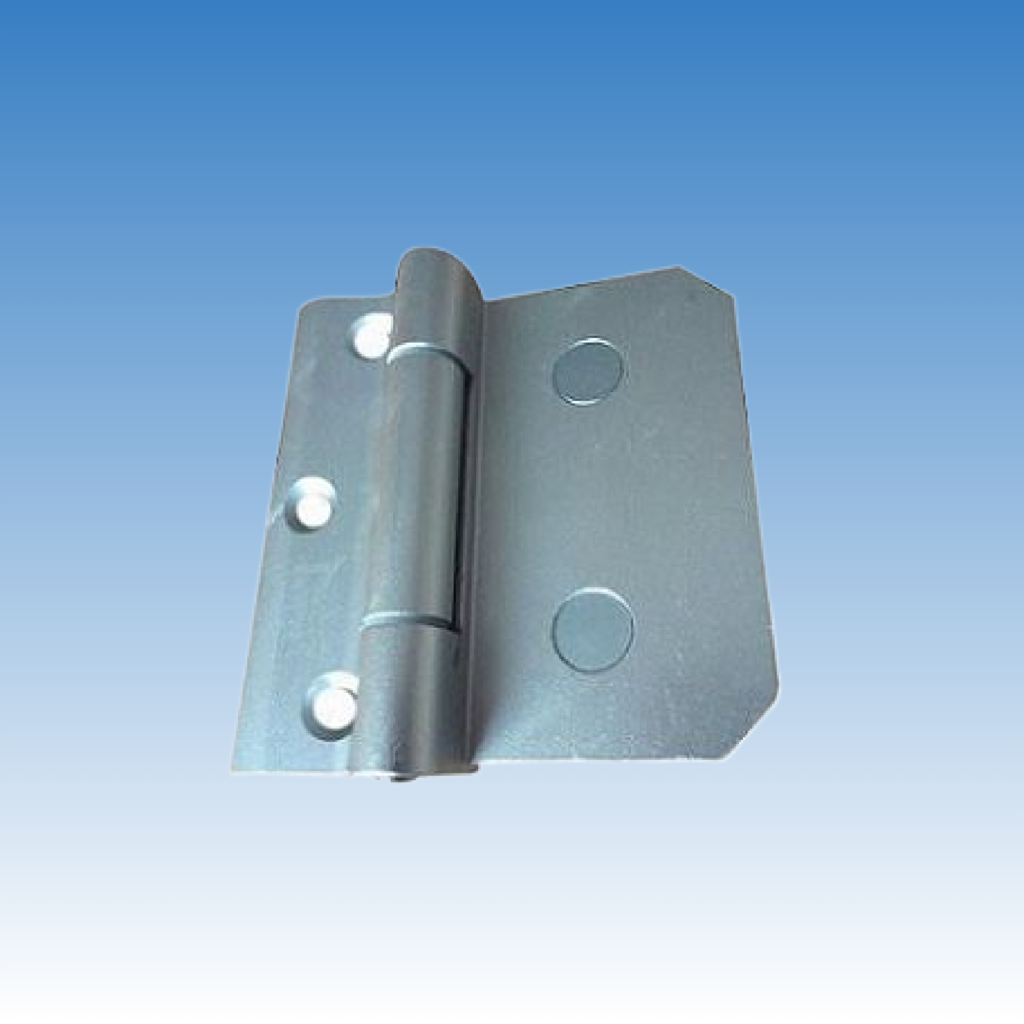
One of my clients in Germany used 304 fasteners for a marine application. Within six months, surface rust appeared. We switched to 316, and since then, they’ve never looked back. While 304 is suitable for general environments, chloride-rich areas like coastal zones demand the superior corrosion resistance of 316 or even duplex stainless steels.
Comparison of Stainless Steel Salt Resistance
| Stainless Grade | Key Alloying Element | Salt Spray Resistance Level | Use Case Examples |
|---|---|---|---|
| 304 | Chromium, Nickel | Moderate | Indoor, dry environments |
| 316 | Molybdenum | High | Marine, coastal, food processing |
| 410 | Low chromium | Low | Tools, non-corrosive settings |
| Duplex (2205) | Cr, Mo, N, Ni combo | Very High | Chemical tanks, offshore structures |
For long-term protection, I also consider post-fabrication passivation or electropolishing to enhance corrosion resistance, especially on machined surfaces that lose their chromium-rich oxide layer.
How do you evaluate a salt spray test?
Salt spray tests simulate corrosion over time, but knowing how to interpret the results is just as important as doing the test itself.
To evaluate a salt spray test, examine the sample after set exposure periods for signs of white rust (zinc corrosion) or red rust (base metal exposure), based on accepted standards.
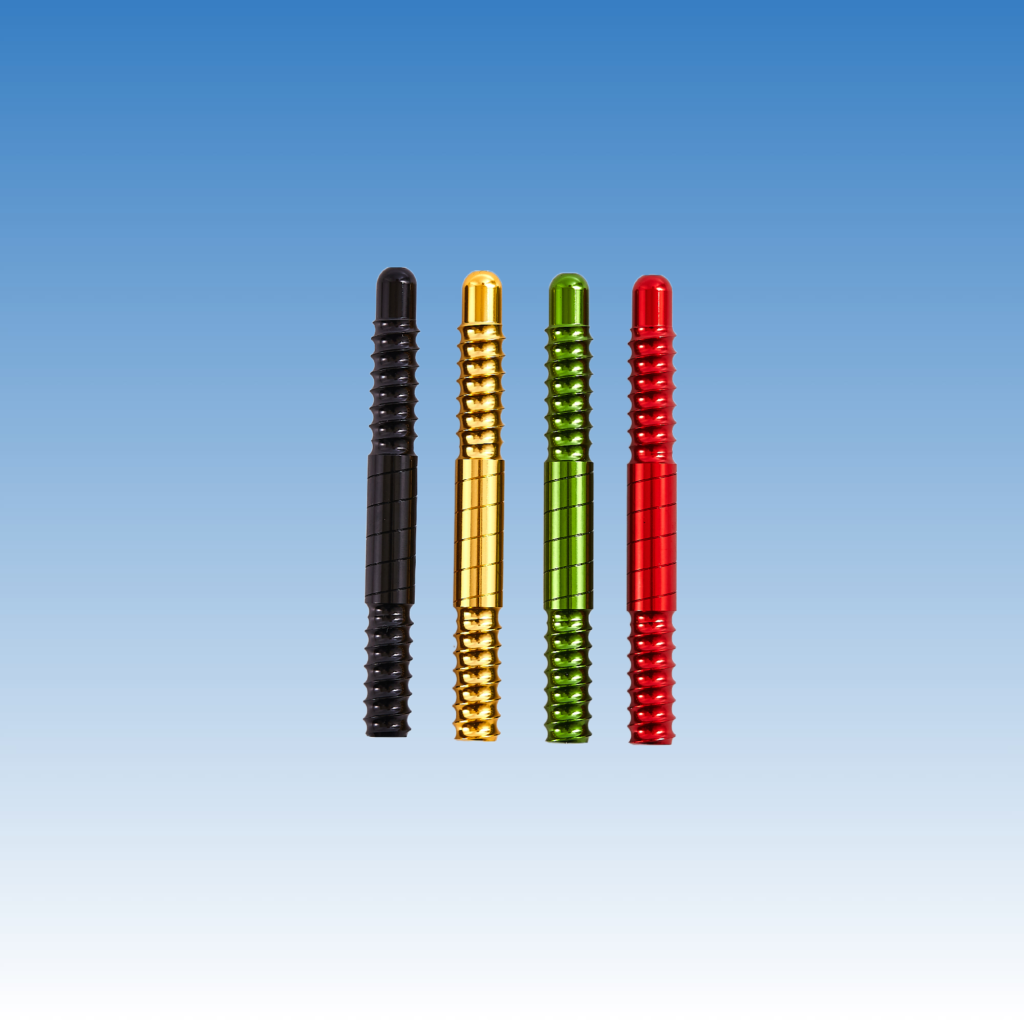
Clients often ask me, “Does 96 hours mean it’s good?” The answer depends on the coating type and expected application. For example, 8μm zinc plating might show white rust at 72 hours and red rust at 120. That’s normal. But red rust at 48 hours? That means something went wrong—poor adhesion, thin coating, or plating voids.
Salt Spray Test Evaluation Points
| Rust Type | What It Means | Acceptable Limits (General Guide) |
|---|---|---|
| No Rust | Excellent performance | Target result after full test duration |
| White Rust | Zinc layer corrosion only | Acceptable up to threshold (e.g., 96h) |
| Red Rust | Steel substrate exposed | Major failure if before threshold |
| Blistering/Peeling | Poor adhesion or contamination | Automatic disqualification |
Salt spray tests don’t exactly match real-world performance, but they help compare finishes quickly. I usually ask suppliers to test to 96, 240, or 480 hours, depending on client specs.
What is the ISO standard for salt spray test?
Consistency matters. That’s why using a global standard for testing is critical in comparing results across suppliers and materials.
The ISO standard for salt spray testing is ISO 9227, which defines test methods for neutral salt spray (NSS), acetic acid salt spray (AASS), and copper-accelerated salt spray (CASS).
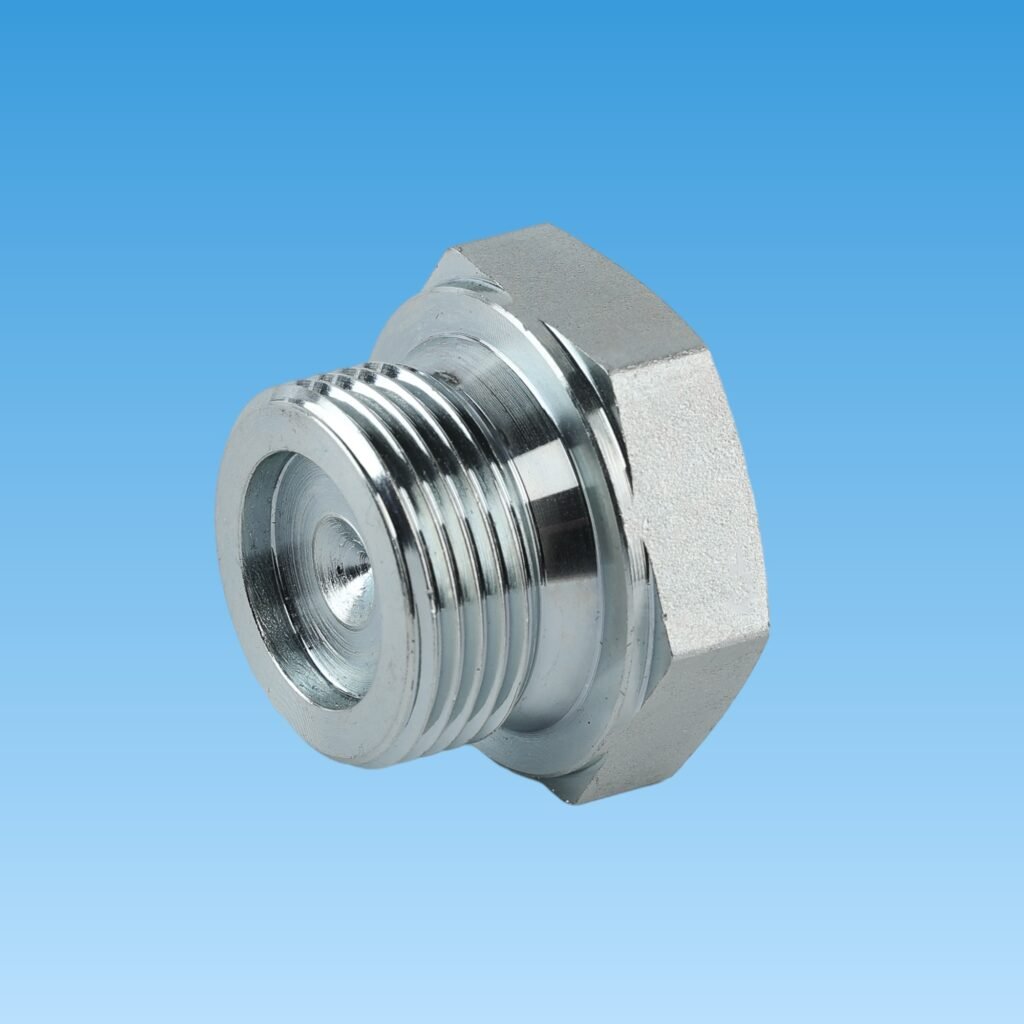
When I request a salt spray test from Chinese suppliers, I always specify ISO 9227. That way, my European clients know the results are comparable. The test setup includes temperature (35°C), salt concentration (5% NaCl), pH (6.5–7.2 for NSS), and exposure time. If any lab doesn't follow this, the results can't be trusted.
ISO 9227 Test Variants
| Test Type | Environment Simulated | Use Case |
|---|---|---|
| NSS | Neutral Salt Spray | General coatings, zinc plating |
| AASS | Acetic Acid Salt Spray | Decorative coatings (e.g., nickel) |
| CASS | Copper Accelerated | Highly corrosive, for harsh testing |
Always check the report for chamber conditions, inspection intervals, and whether the tested parts were cleaned or passivated beforehand. These factors affect results.
How do you test the thickness of zinc coating?
Knowing the plating thickness ensures the fastener meets both performance and compliance standards before it’s too late.
Zinc coating thickness is measured using magnetic or eddy current gauges, with accuracy confirmed by cross-section microscopy or gravimetric methods when needed.
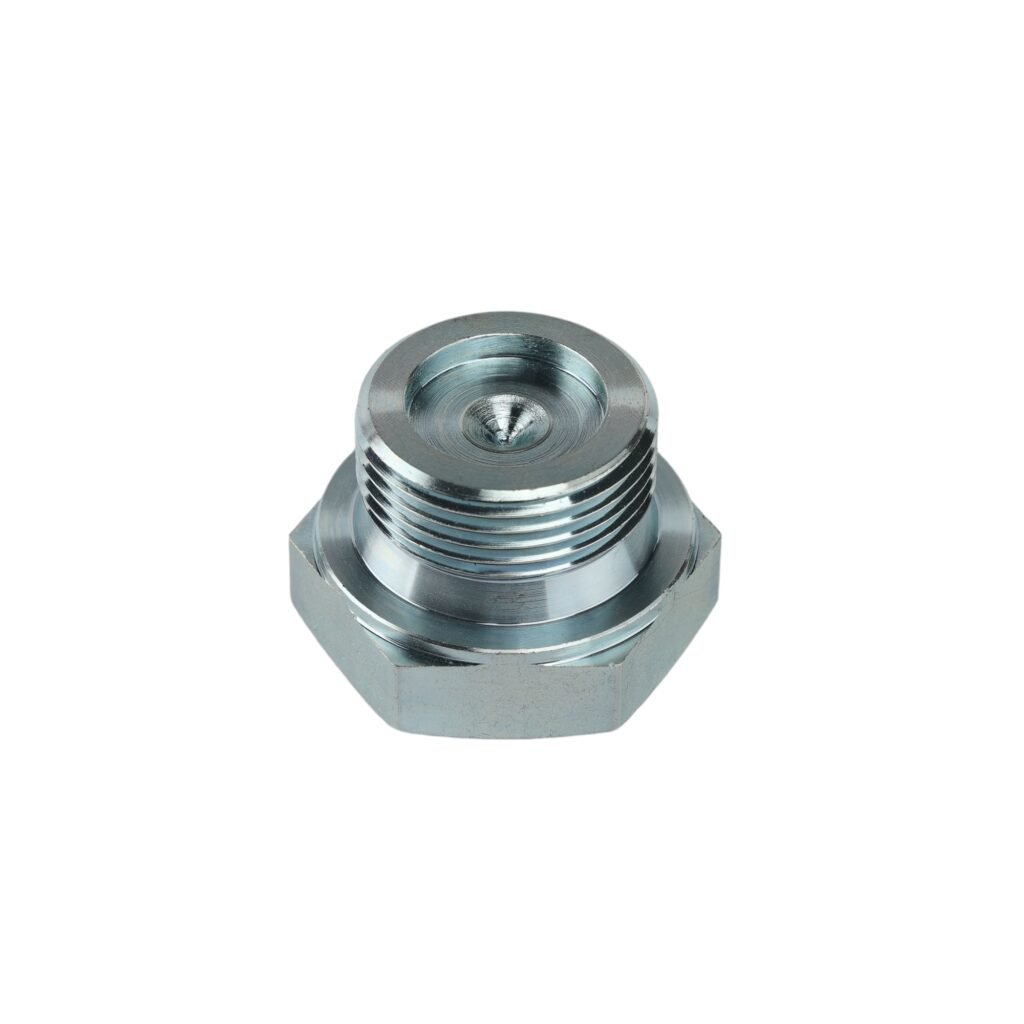
In our quality checks, I prefer using a magnetic induction coating thickness gauge. It’s non-destructive, fast, and works well on steel fasteners. For critical orders, especially those with European clients who expect certifications, we request lab reports with microsection analysis.
Methods to Measure Zinc Plating Thickness
| Method | Description | Accuracy Level | Application |
|---|---|---|---|
| Magnetic Induction Gauge | Measures magnetic field changes | ±1–2μm | Steel substrates |
| Eddy Current Gauge | Uses electromagnetic response | ±1–2μm | Non-ferrous bases |
| Cross-section Microscopy | Cut, mount, and polish to view coating | Very high | Lab use, verification |
| Gravimetric Stripping | Weigh before/after chemical removal | High, destructive | Coating audits |
I always keep a coating gauge in our workshop, and we sample random fasteners from each batch. It’s the simplest way to ensure what’s promised is actually delivered.
Conclusion
Plating thickness directly impacts how long a fastener resists salt spray corrosion. But the full picture includes material choice, test method, and surface condition too.

